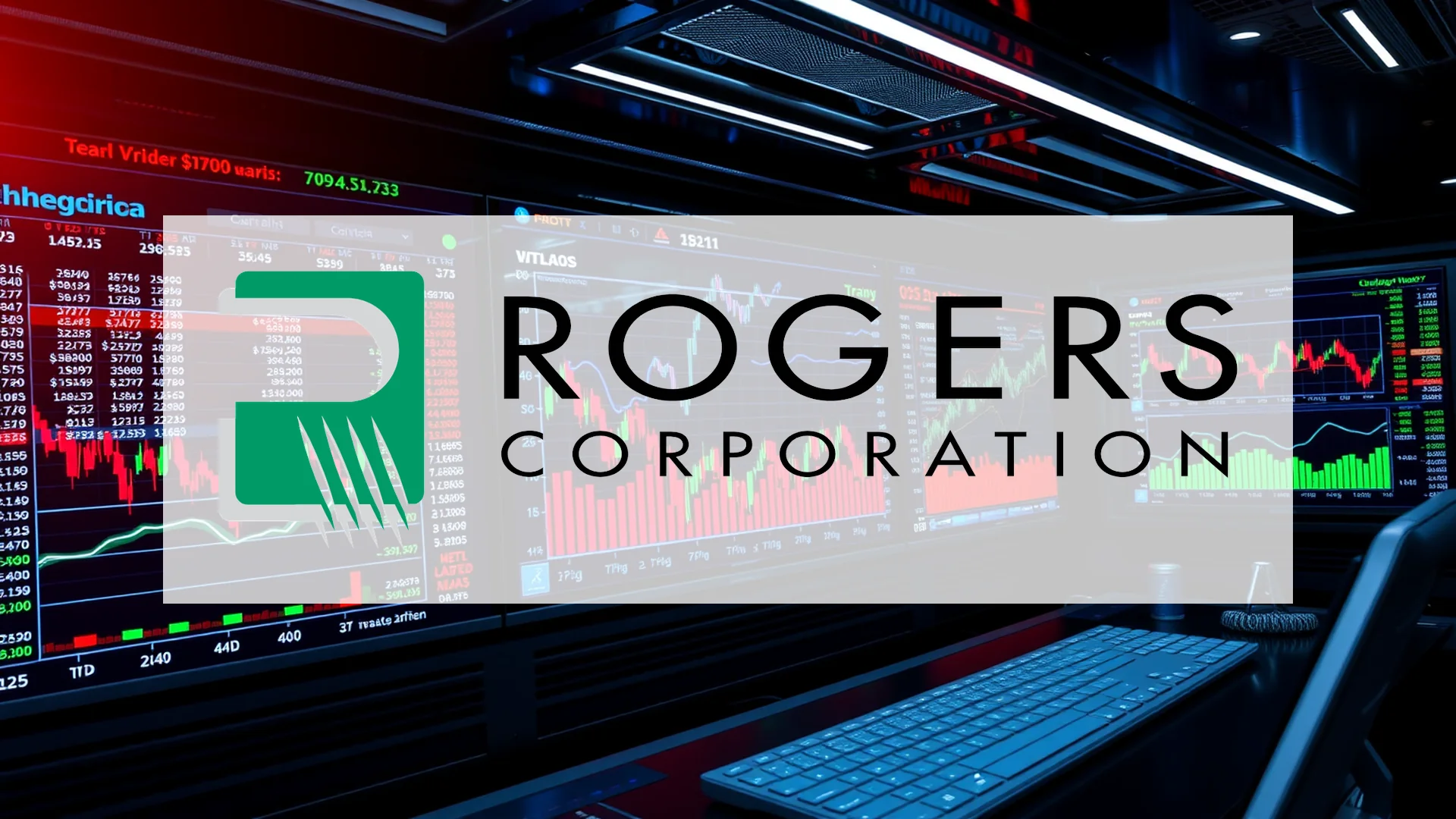Farmland finds itself navigating complex financial currents as the agricultural specialist attempts to chart a new course. While recent quarterly results demonstrate significant operational improvements, market participants remain unconvinced about the sustainability of the company’s turnaround strategy.
Financial Performance Shows Dramatic Improvement
The second quarter of 2025 marked a substantial reversal of fortune for Farmland. The company reported net earnings of $7.8 million, translating to $0.15 per share—a notable achievement compared to the loss recorded during the same period last year. More significantly, adjusted funds from operations (AFFO) surged by an impressive 145% to reach $1.3 million.
This financial transformation was primarily fueled by strategic asset dispositions. Farmland successfully sold 32 properties, generating $71.6 million in proceeds and realizing a gain of $24.2 million from these transactions. Concurrently, management deployed capital toward share repurchases and reduced corporate debt by over $11 million.
Market Sentiment Remains Cautious
Despite these positive developments, financial analysts maintain a pessimistic outlook. Research firms continue to issue “Sell” recommendations, expressing concern that current dividend distributions aren’t fully supported by operational earnings. Market sentiment indicators reflect an atmosphere of apprehension among investors.
Should investors sell immediately? Or is it worth buying Farmland?
The share price performance underscores this skepticism. Farmland’s stock currently trades approximately 25% below its 52-week peak and has declined more than 20% since the beginning of the year. Interestingly, some projections suggest potential upside of up to 19%, creating a clear divergence between current market psychology and forward-looking estimates.
Dividend Sustainability and Operational Challenges
The company’s dividend policy presents additional concerns for income-focused investors. The most recent distribution of $0.06 per share falls substantially below the ten-year average of $0.105. Since the ex-dividend date of October 1st, market participants must evaluate the equity without the short-term incentive of imminent dividend payments.
Operational metrics revealed additional headwinds. Adjusted EBITDA contracted by 31.5% year-over-year, while the company recorded impairment charges totaling $16.8 million in California. These write-downs reflect long-term shifts in agricultural patterns and water resource availability affecting the region.
The critical question remains whether Farmland’s strategy of asset sales and debt reduction can win over doubtful market participants. The coming weeks will determine whether recent share price movements signal a genuine reversal or merely represent a temporary pause in the broader downward trajectory.
Ad
Farmland Stock: Buy or Sell?! New Farmland Analysis from October 4 delivers the answer:
The latest Farmland figures speak for themselves: Urgent action needed for Farmland investors. Is it worth buying or should you sell? Find out what to do now in the current free analysis from October 4.
Farmland: Buy or sell? Read more here...








